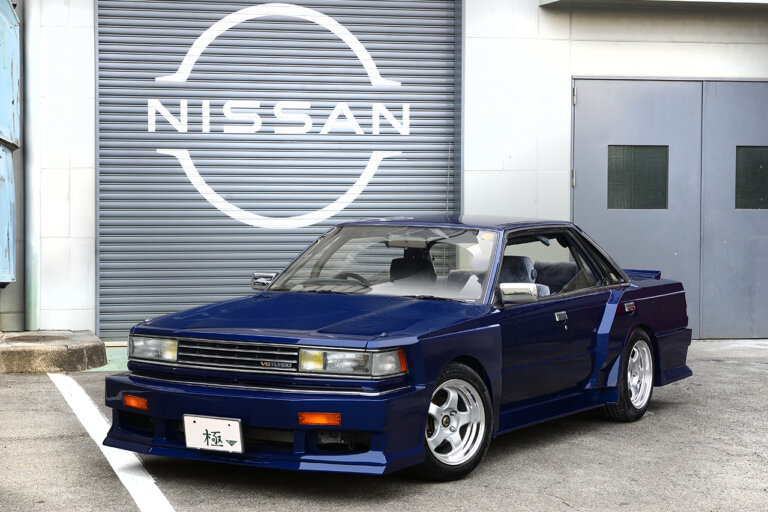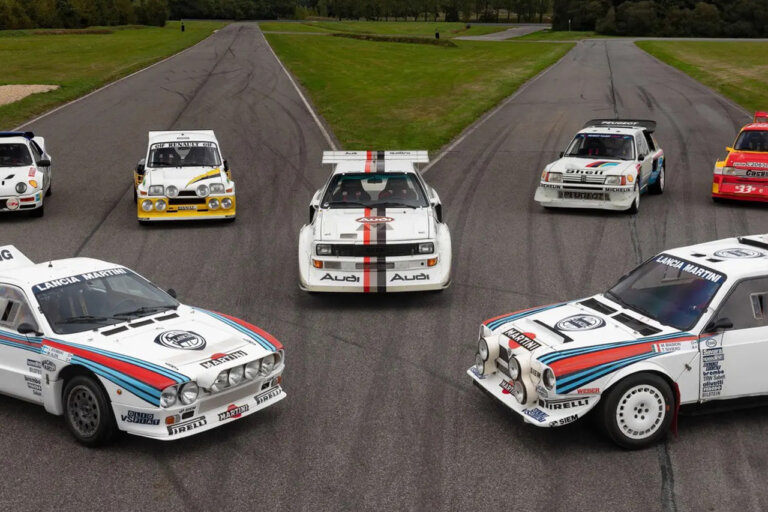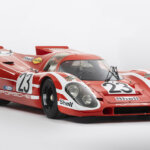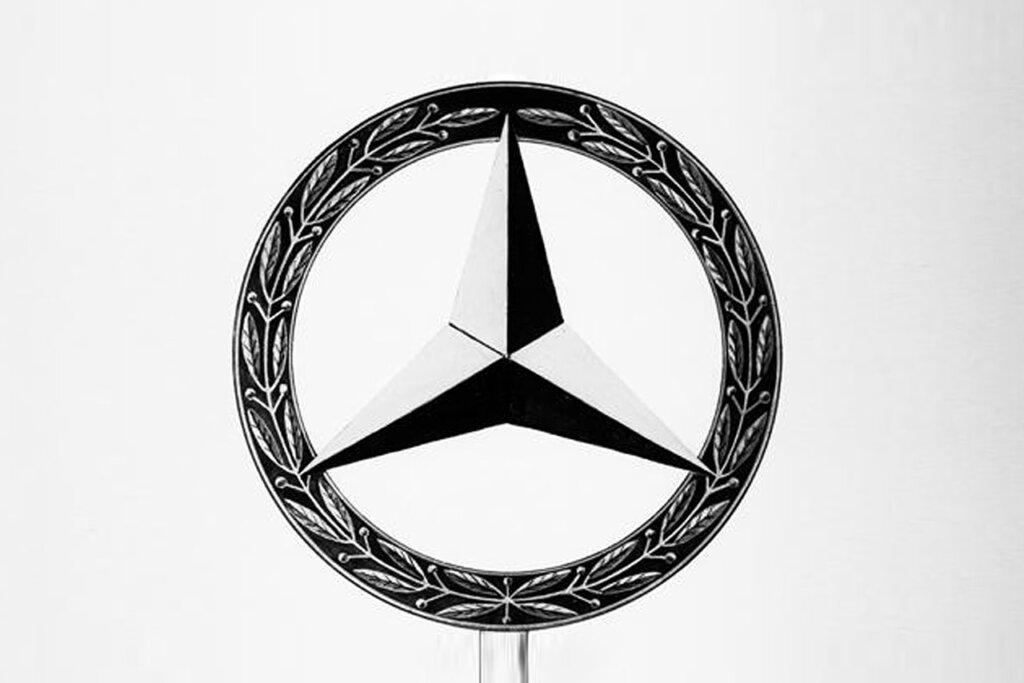
The origins of Mercedes-Benz can be traced back to the late 19th century when two automotive visionaries, Carl Benz and Gottlieb Daimler, laid the groundwork for what would eventually become one of the most revered names in the industry. In 1886, Carl Benz patented the world’s first gasoline-powered automobile, forever altering the course of transportation. Meanwhile, Gottlieb Daimler was making his own strides in automotive innovation, developing the first high-speed petrol engine.
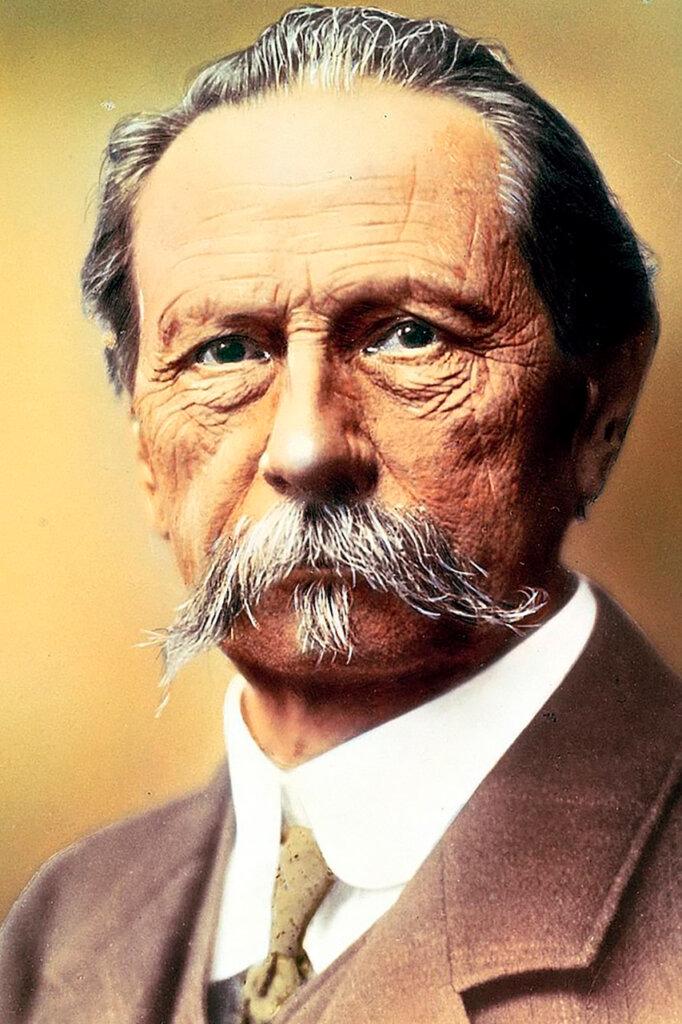
Both men shared a passion for pushing the boundaries of what was possible, and in 1926, their respective companies, Benz & Cie. and Daimler-Motoren-Gesellschaft (DMG), merged to form Mercedes-Benz. The union of these two pioneering firms marked the birth of a new era in automotive engineering, combining Benz’s focus on precision and reliability with Daimler’s emphasis on performance and innovation.
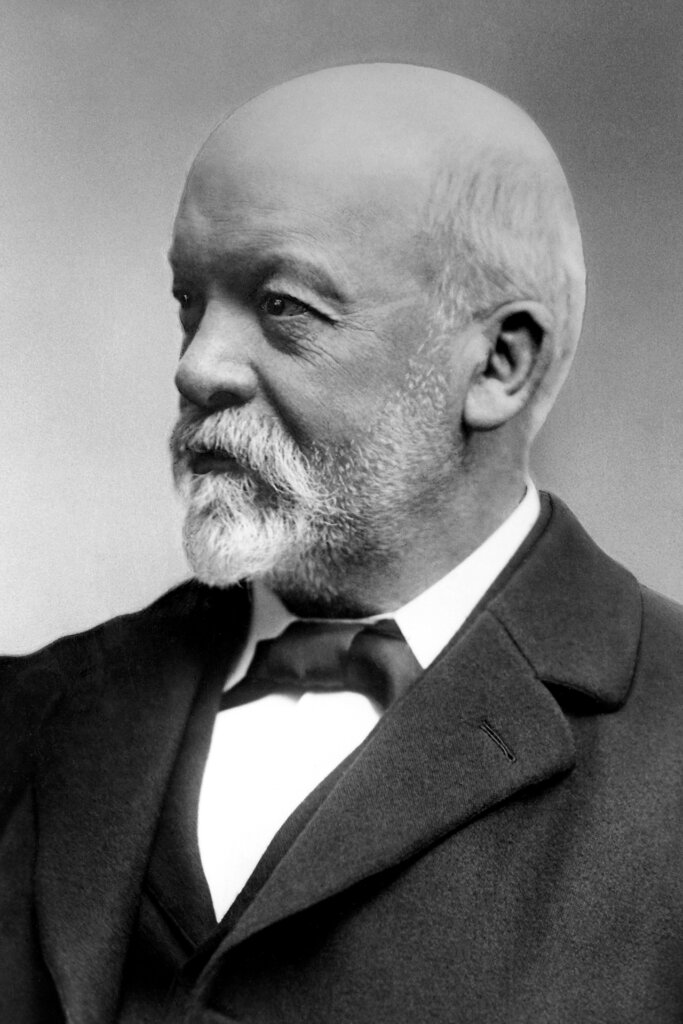
But the creation of Mercedes-Benz was more than just a merger of companies; it was a strategic move to solidify their positions in the rapidly evolving automotive market. With competition intensifying and technological advancements accelerating, joining forces allowed Benz and Daimler to pool their resources, talents, and expertise to stay ahead of the curve.
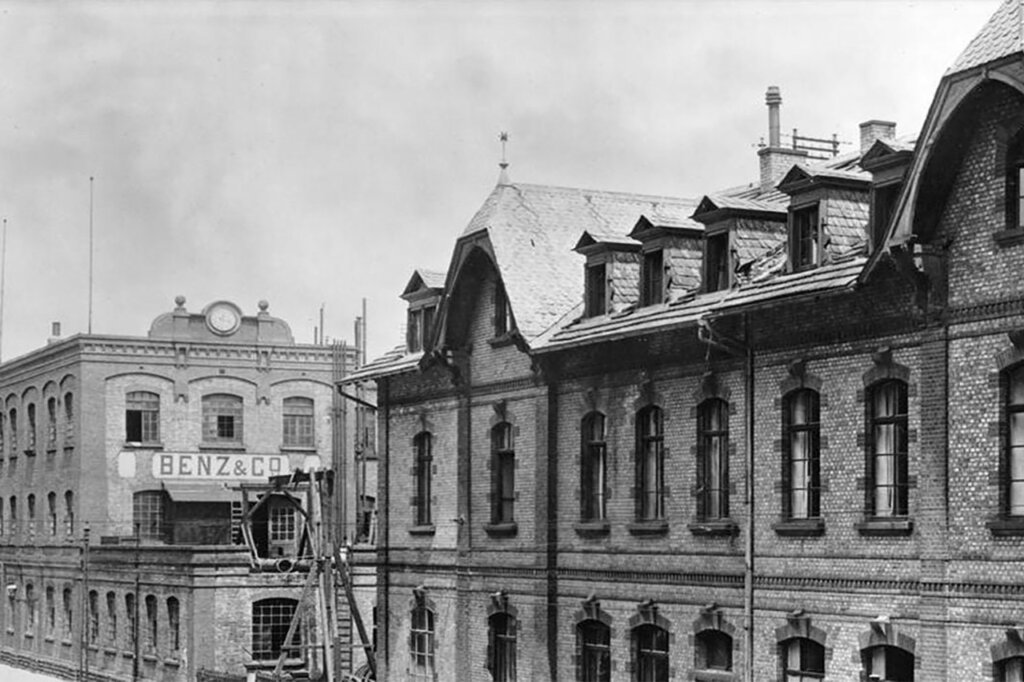
Source: Mercedes-Benz
Located in Stuttgart, Germany, the birthplace of the automobile, Mercedes-Benz set out to redefine luxury, craftsmanship, and engineering excellence. The company’s commitment to quality was evident in every aspect of its operations, from design and manufacturing to customer service and support. This dedication to excellence quickly earned the company a reputation for producing some of the finest automobiles in the world.
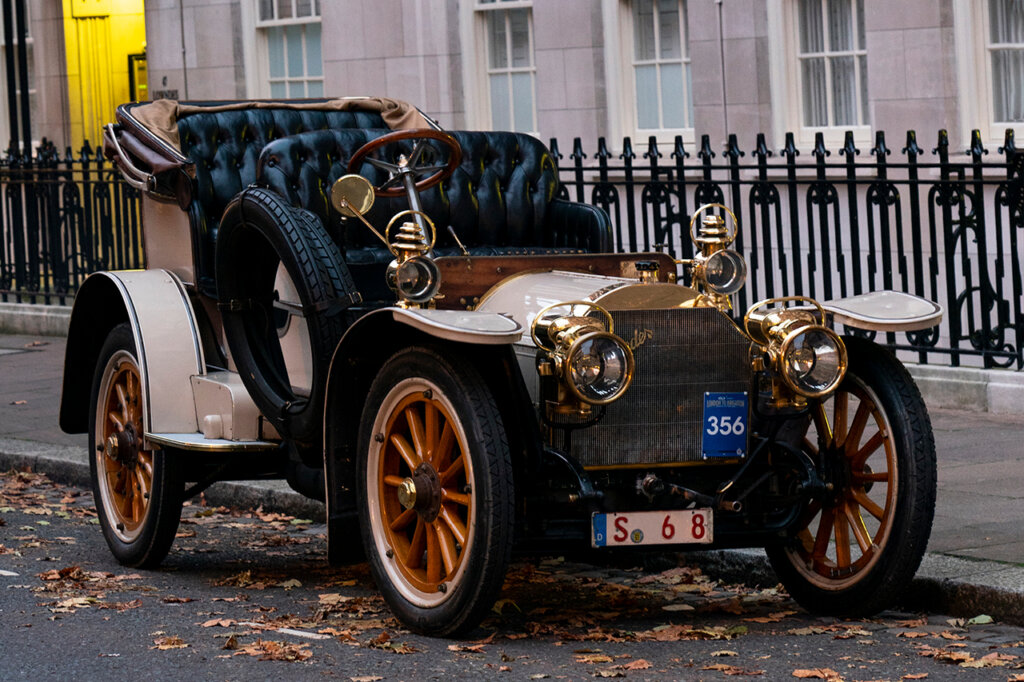
Source: Mercedes-Benz

